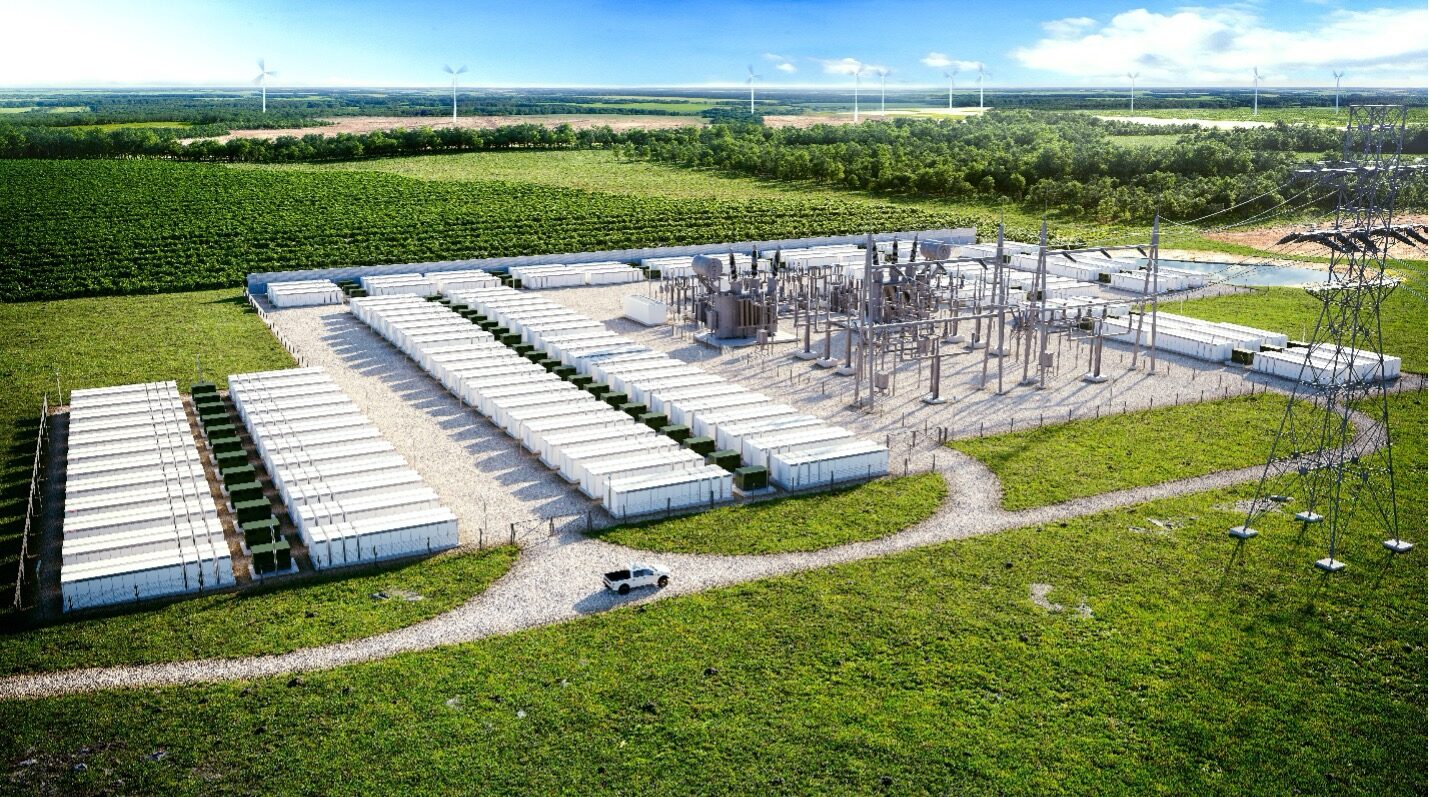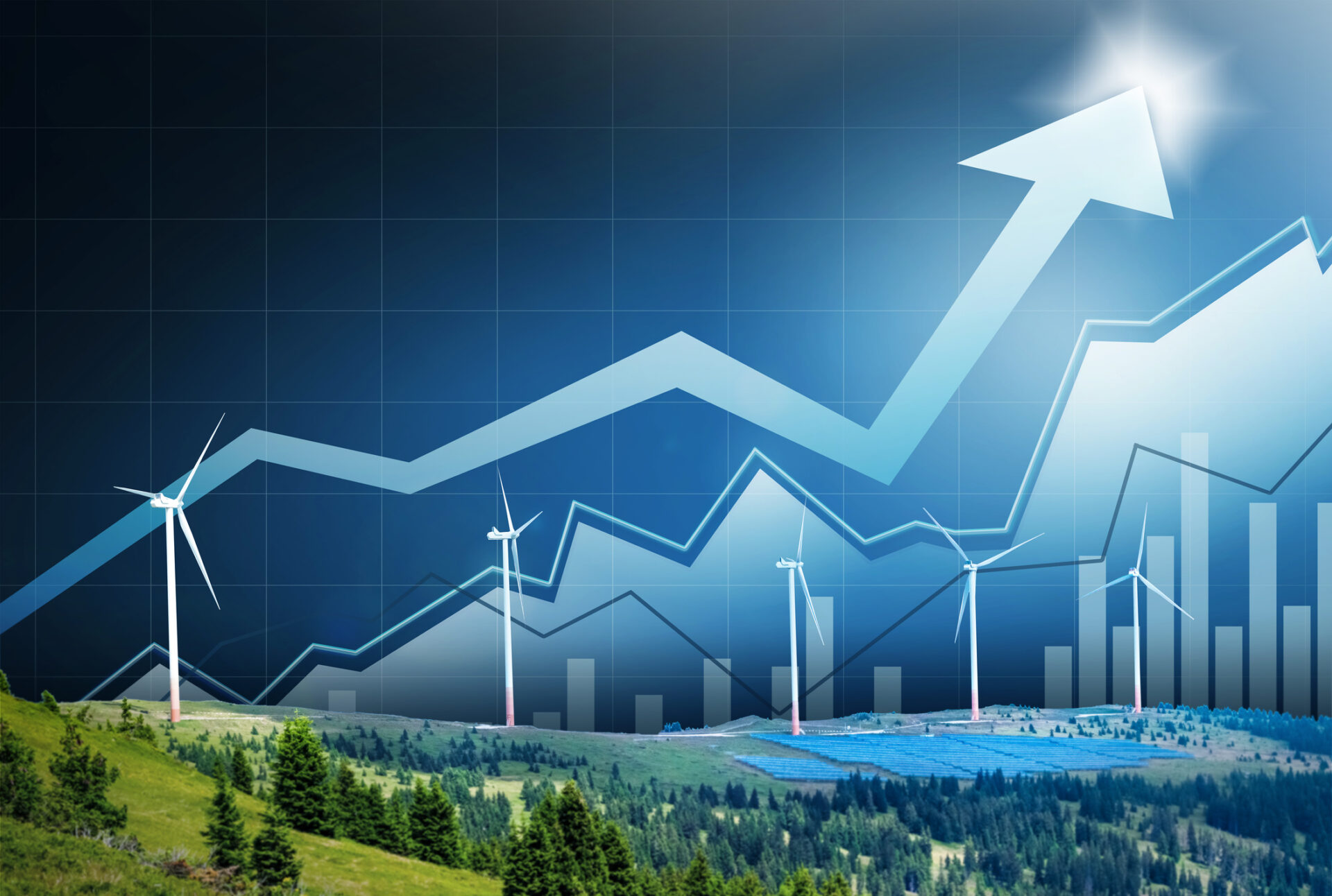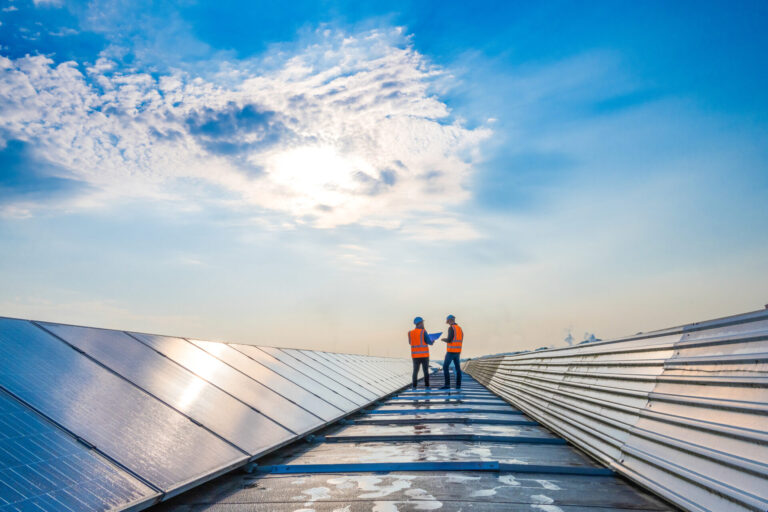Monday, August 25, 2025
Energy is so integrated into our lives that it’s almost invisible. We use it for lighting, heating, cooling, and powering countless devices without often considering its origin or the effort required to produce and distribute it. Our smart phones wouldn’t be so smart without power.
Canadians are fortunate that our energy market and our abundant resources can support our habits—and that we are able to do so in an environmentally responsible way. We already have one of the cleanest grids in the globe; it’s about 80 per cent non-emitting, according to the Energy Transitions Commission.
However, we have some work to do to meet the federal government commitment for a net-zero electricity system by 2050: replace the polluting 20 per cent with clean generation.
We have all the right resources, and now the right governance, to be a leader in the global energy transition. Canadian Prime Minister Mark Carney is an experienced economist and environmental advocate and his new cabinet includes ground breakers ready to green light renewables: Julie Dabrusin is the minister of environment and climate change and Tim Hodgson is the energy and natural resources minister.
“Energy is power. Energy is Canada’s superpower,” stated Hodgson recently at the Calgary Chamber of Commerce. “It gives us an opportunity to build the strongest economy in the G7, guide the world in the right direction and be strong when we show up at a negotiation table.”
With this new leadership—which is powered by a combination of tax credits, infrastructure funding and carbon pricing—the options have never been better for communities across the country to switch from traditional hydrocarbons to emissions-free and renewable energy sources.
“Countries that provide renewable energy solutions stand to benefit; to reach net-zero emissions by 2050, investments are expected to average $5.6 trillion annually.”
There’s a clean energy solution for every geography. Solar power harnesses energy from the sun using photovoltaic cells or solar thermal technologies. Wind power converts wind energy into electricity using turbines. Hydroelectricity uses the power of flowing water to generate electricity. Biomass uses organic matter like wood and waste to produce energy. Geothermal energy extracts heat from the Earth’s core to generate electricity or heat.
There are already projects popping up across the country, such as: the Site C hydroelectric project in B.C.; the Forty Mile wind farm in Alta.; SaskPower’s energy storage system; the Enbridge solar project in Ont.; the Rivière du Moulin wind farm in Que.; and, the Atlantic Hydrogen Alliance.
Clean energy critics claim that this type of energy is challenged by intermittent supply and dependant on the weather. But energy storage provides a bona fide solution.
Energy storage technologies work by capturing excess energy during periods of low demand and releasing it when demand is high. Common methods include compressing air, storing water at a higher elevation (pumped hydro), or using chemical reactions in batteries. These systems store energy in a way that allows it to be retrieved and used later, often to power electrical grids or individual devices

The largest storage energy project in the country—the Oneida Energy Storage Project in Haldimand County, Ont.—which we featured in an earlier edition, was recently commissioned ahead of schedule and under budget. It’s a milestone that reflects the potential for strong collaboration among project partners, including Canadian power producers (Northland Power) and First Nations (Six Nations of the Grand River Development Corporation).
“Energy storage is transforming the way we manage electricity—it’s about making our systems smarter, cleaner, and more reliable,” explains Vittoria Bellissimo, President and CEO of the Canadian Renewable Energy Association. “With costs dropping significantly, it’s becoming more accessible than ever, providing essential market, grid and flexibility services. The future of energy is here, and I couldn’t be more excited about what’s ahead.”
Countries that provide renewable energy solutions stand to benefit; to reach net-zero emissions by 2050, investments are expected to average about $5.6 trillion annually.
Let’s flip the switch and lead the way.

Connie Vitello is Editor of Environment Journal.
To view CanREA’s video on “Powering Canada’s Path to Net-Zero,” click here.
To view the original version of this article in a multimedia format, click here.
For updates on this issue, subscribe for free here.
Featured image credit: Getty Images











